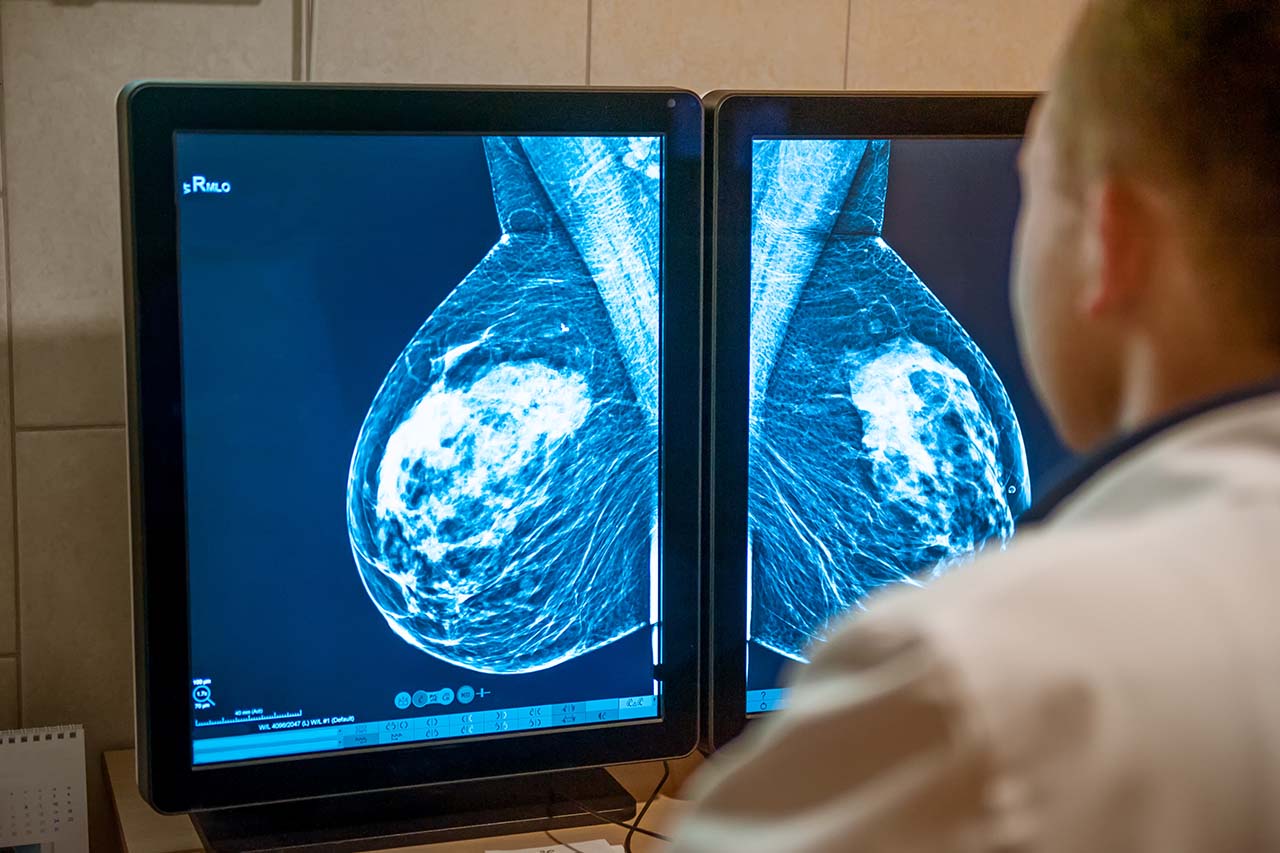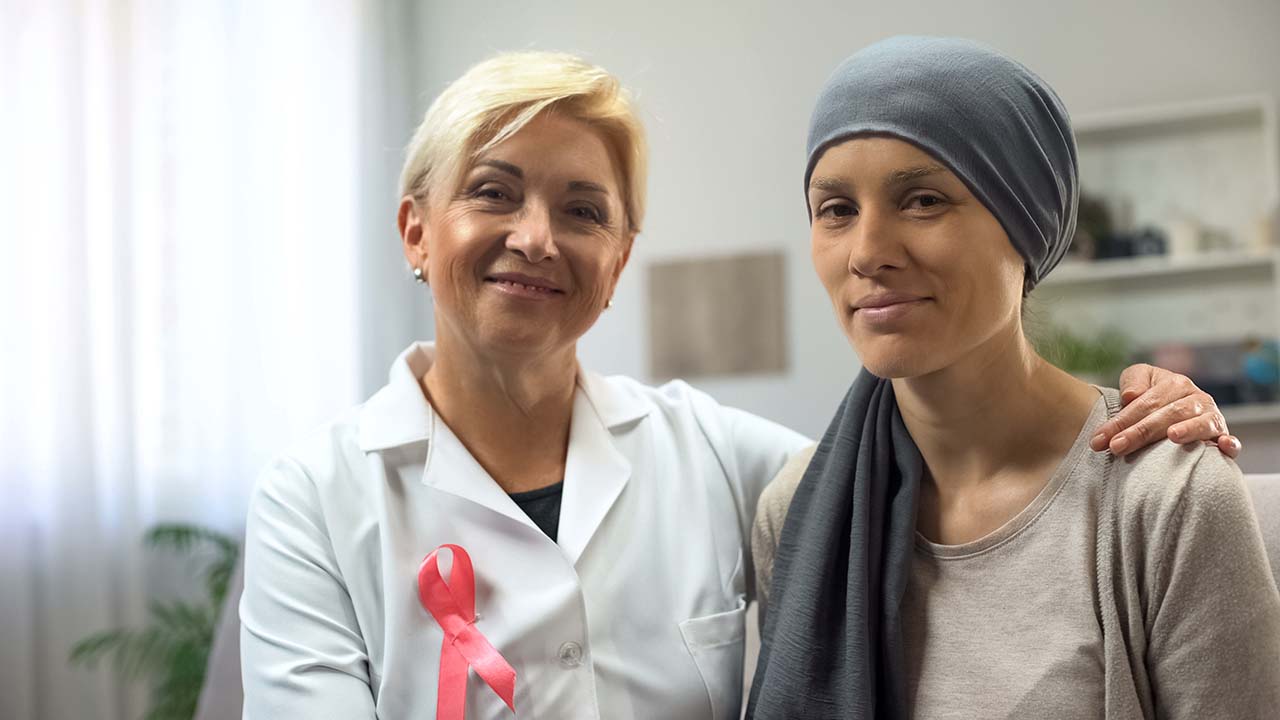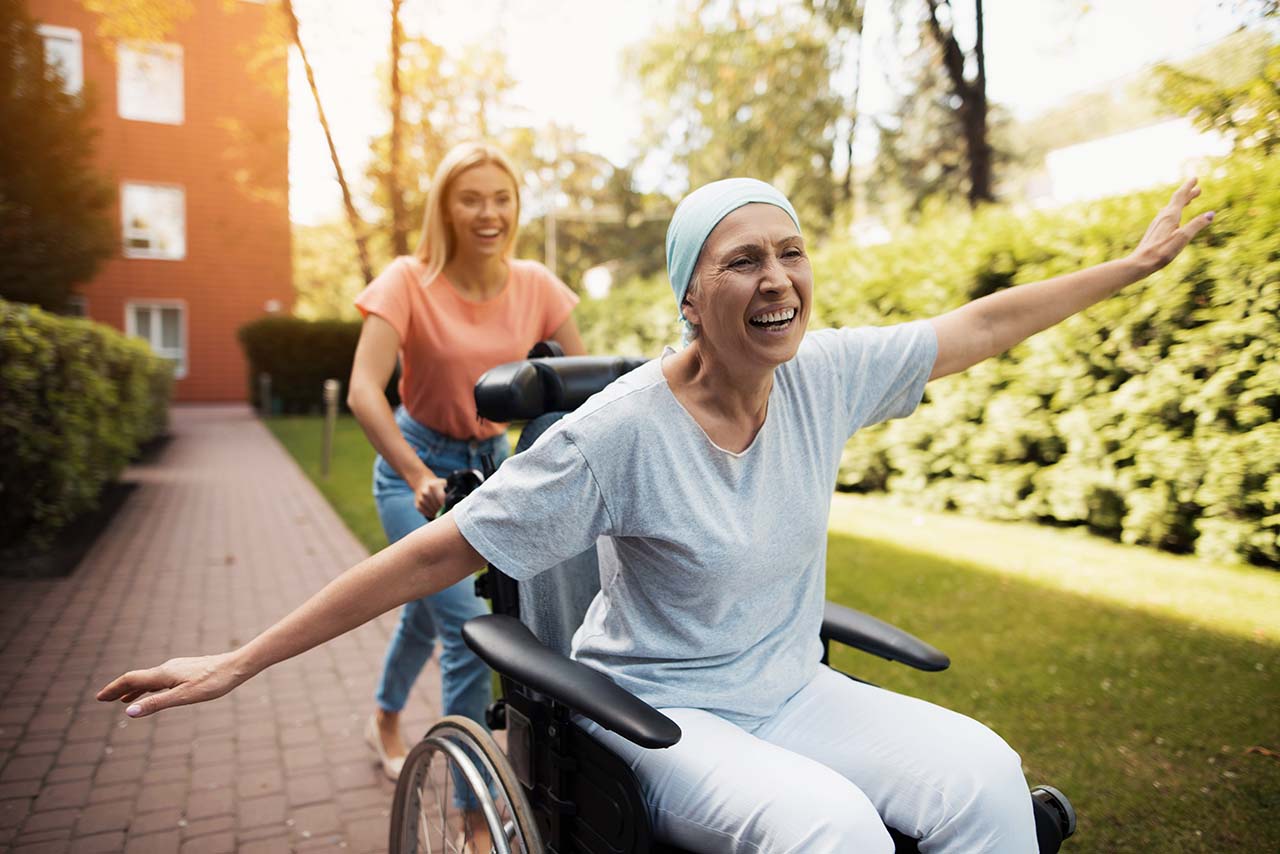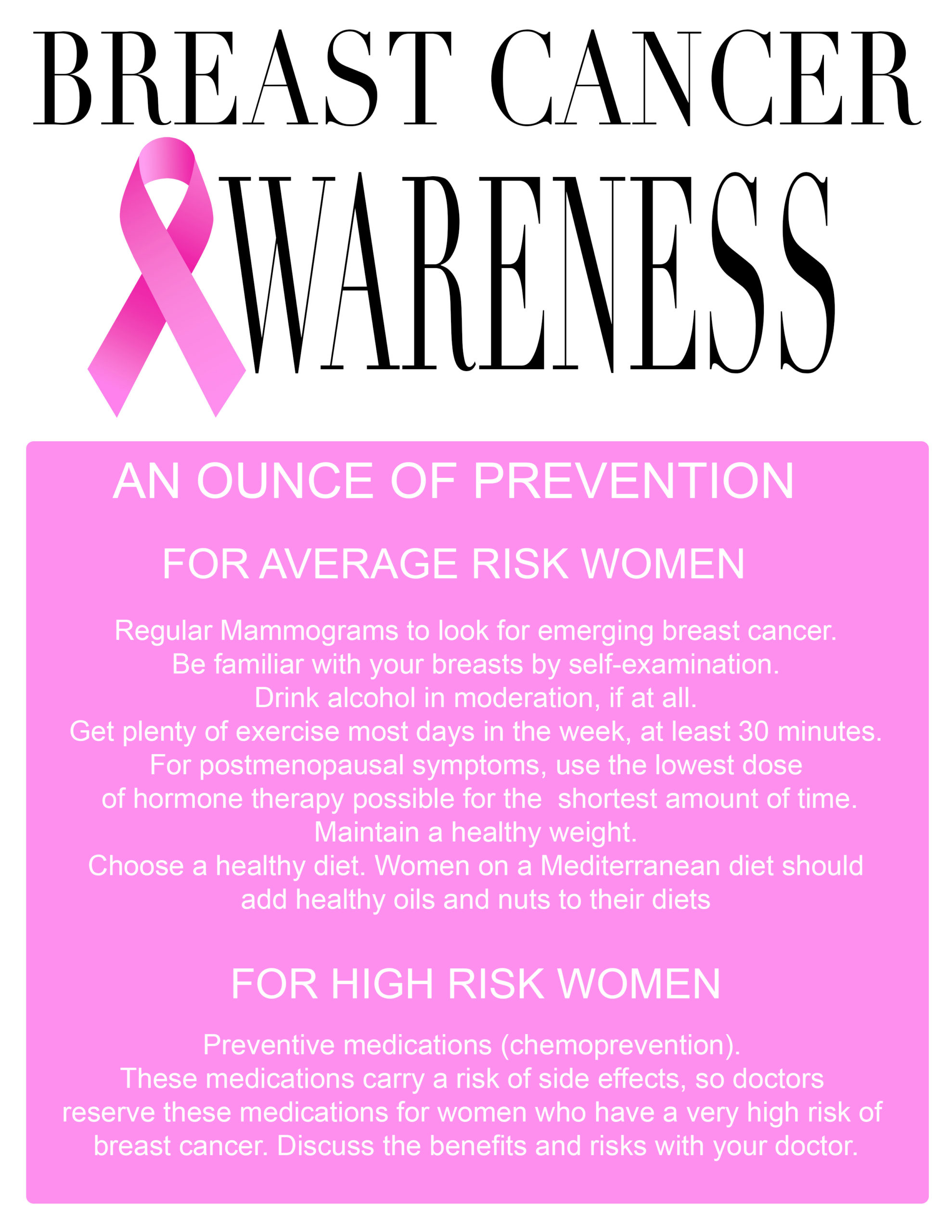The most common form of cancer found in the United States is skin cancer, but following closely on its heels is breast cancer. Although both men and women can get breast cancer, it is seen much more frequently in women. Fortunately, awareness of this deadly disease has spurred research that has helped create advances in the diagnosis and treatment of breast cancer. With earlier diagnosis and more personalized treatment, survival rates have risen dramatically.

What is breast cancer?
Breast cancer is defined as a disease in which cells in the breast grow out of control. Not all breast cancers are the same, though. What kind of cancer of the breast is determined by which cells are growing rapidly.
There are three main parts of the breast: lobules, ducts, and connective tissue. Milk is produced by the lobule glands. Ducts carry the milk to the nipple. Surrounding everything and holding it all together is connective tissue. Most breast cancer begins in the lobules or ducts.
There are several kinds of breast cancer, some less common than others. We will consider the two most common kinds.
Invasive Ductal Carcinoma
In this kind of cancer, the cells in the ducts reproduce rapidly and move outside the ducts into other parts of the breast. These invasive cells can spread to other parts of the body (called metastasizing).
Invasive Lobular Carcinoma
This cancer begins in the lobules and then spreads to other tissues close by. These invasive cells can also metastasize.

Where Does Breast Cancer Come From?
Usually, breast cancer begins with cells in the ducts where milk production begins. However, it can begin in the glandular tissues or sometimes in other cells in the breast. As to what actually causes breast cancer, there are several risk factors. Hormonal, lifestyle and environmental factors are possible risks, yet some people who have no known risks develop cancer while others with risk factors do not. Why is not entirely clear. Your genetic makeup and your environment may work in tandem to make you more likely to get breast cancer.
Research shows that approximately 5 to 10% of breast cancers are linked to gene mutations that are inherited from one generation to another. Two of them, gene 1 (BRCA1) and gene 2 (BRCA2), have been linked to significant risk of both breast and ovarian cancer. Your doctor can order blood tests that will help identify specific mutations in genes passed down through your family.

Risk Factors for Breast Cancer
Some of the risks that increase your chances are beyond your control. However, identifying the ones you can do something about gives you a much better chance of understanding and preventing breast cancer.
- Being female. Of course, this is one you have no determination over. If you’re born female, you already have one risk factor.
- Increasing age. As you age, the chance of breast cancer grows.
- History of breast conditions. You have an increased risk if you have had a breast biopsy with lobular carcinoma in situ (LCIS), atypical hyperplasia of the breast, or any type of breast cancer in one breast.
- Family history of breast cancer. If your mother, sister, or daughter has been diagnosed with breast cancer, especially if it was diagnosed at a young age, you are more likely to get breast cancer. However, the majority of breast cancer sufferers have no family history of the disease.
- Inherited genes that increase cancer. Parents can pass gene mutations to their children, particularly BRCA1 and BRCA2 (see above). Although they greatly increase your risk of breast cancer, it doesn’t mean cancer is inevitable.
- Radiation exposure. Your risk of breast cancer increases with every radiation treatment to your chest, especially those administered as a child or young adult.
- Obesity is a risk factor in many diseases, including breast cancer.
- Beginning your period before age 12.
- Starting menopause at an older age.
- Childbearing (first child) after age 30.
- Never being pregnant. Women who have never been pregnant have a higher risk of developing cancer.
- Postmenopausal hormone therapy. Combining estrogen and progesterone in the treatment of menopause have an increased risk of breast cancer while they are taking these hormonal therapies, but the risk decreases when the medication is stopped.
- Drinking alcohol increases the risk of breast cancer.

What Are the Signs of Possible Breast Cancer?
If any of the symptoms show up, see your doctor for further evaluation.
- Any lump or thickening of the tissues of the breast. If it feels different than the surrounding tissue, see your doctor.
- Change in the size, shape, or appearance of either breast.
- Skin changes over the breast, such as dimpling.
- Sudden inversion of the nipple.
- Any peeling, scaling, crusting, or flaking of the areola (pigmented skin around the nipple) or the breast skin.
- Redness or pitting of the skins over your breast such that it resembles the skin of an orange.


